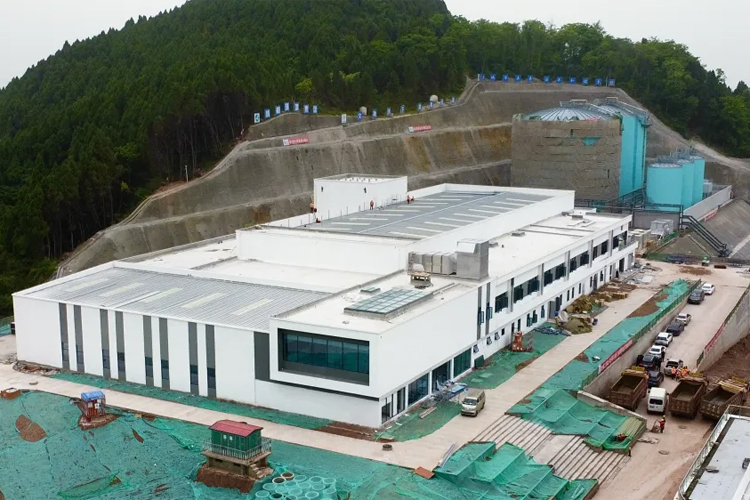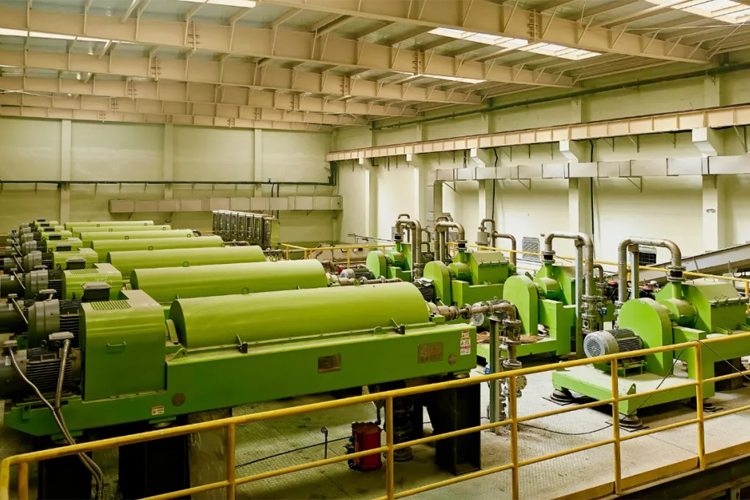"This hillside used to reek, but now you can barely smell anything,"said the chief engineer of the Phase III of the Longquanshan kitchen waste treatment project in Chengdu with a smile.
Spanning 51,800 square meters, this facility is designed to process 400 tons of food waste, 100 tons of household and other kitchen waste, and 21 tons of waste oil per day—roughly one-seventh of Chengdu's daily kitchen waste.
But rather than simply "eliminating" waste, the facility transforms it into something valuable. Using anaerobic digestion technology, organic matter in kitchen waste is converted into biogas, which is then used to generate electricity—turning discarded scraps into green energy that powers thousands of homes. The plant also employs membrane separation and biological treatment to purify leachate, recycling the water for site cleaning and citywide reclaimed water systems.
Scheduled for trial operation in June, the plant is expected to generate over 4 million kilowatt-hours of electricity annually.
"This isn't just a factory—it's like a vital organ in the city's metabolism," said Guo Peng, the chief engineer. "We hope to turn this site into an environmental education hub where citizens can experience the full process of food waste treatment and take the message of green living to heart."



